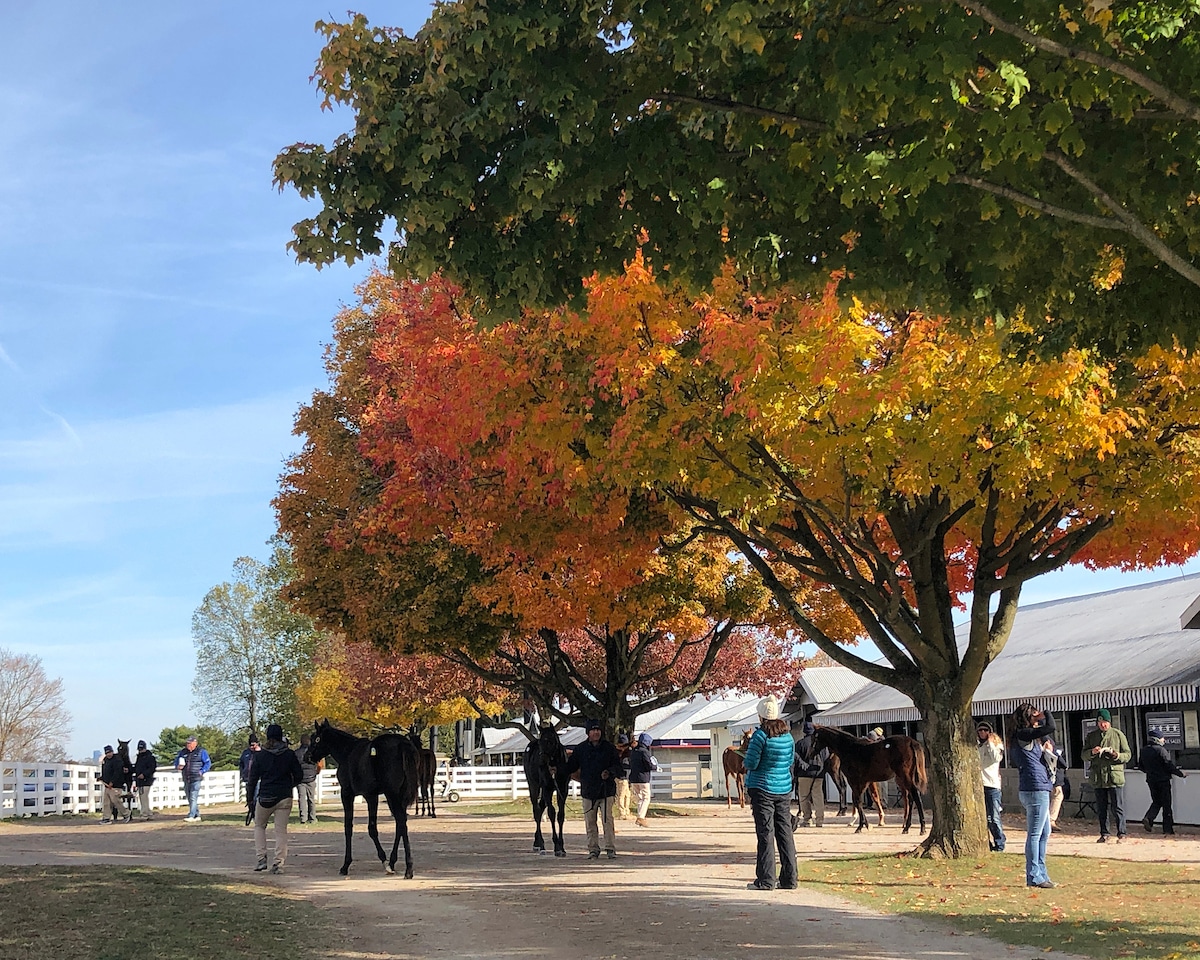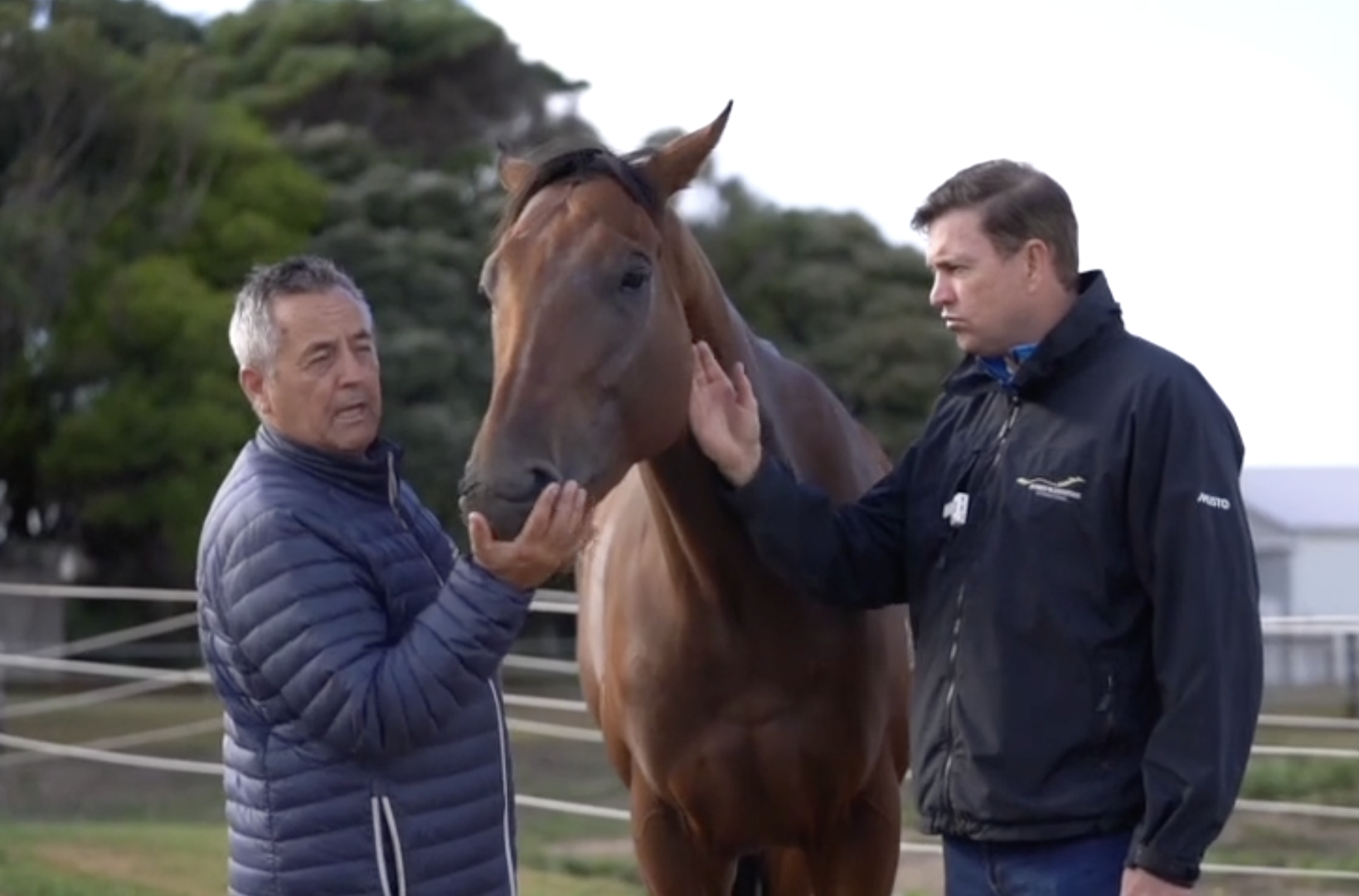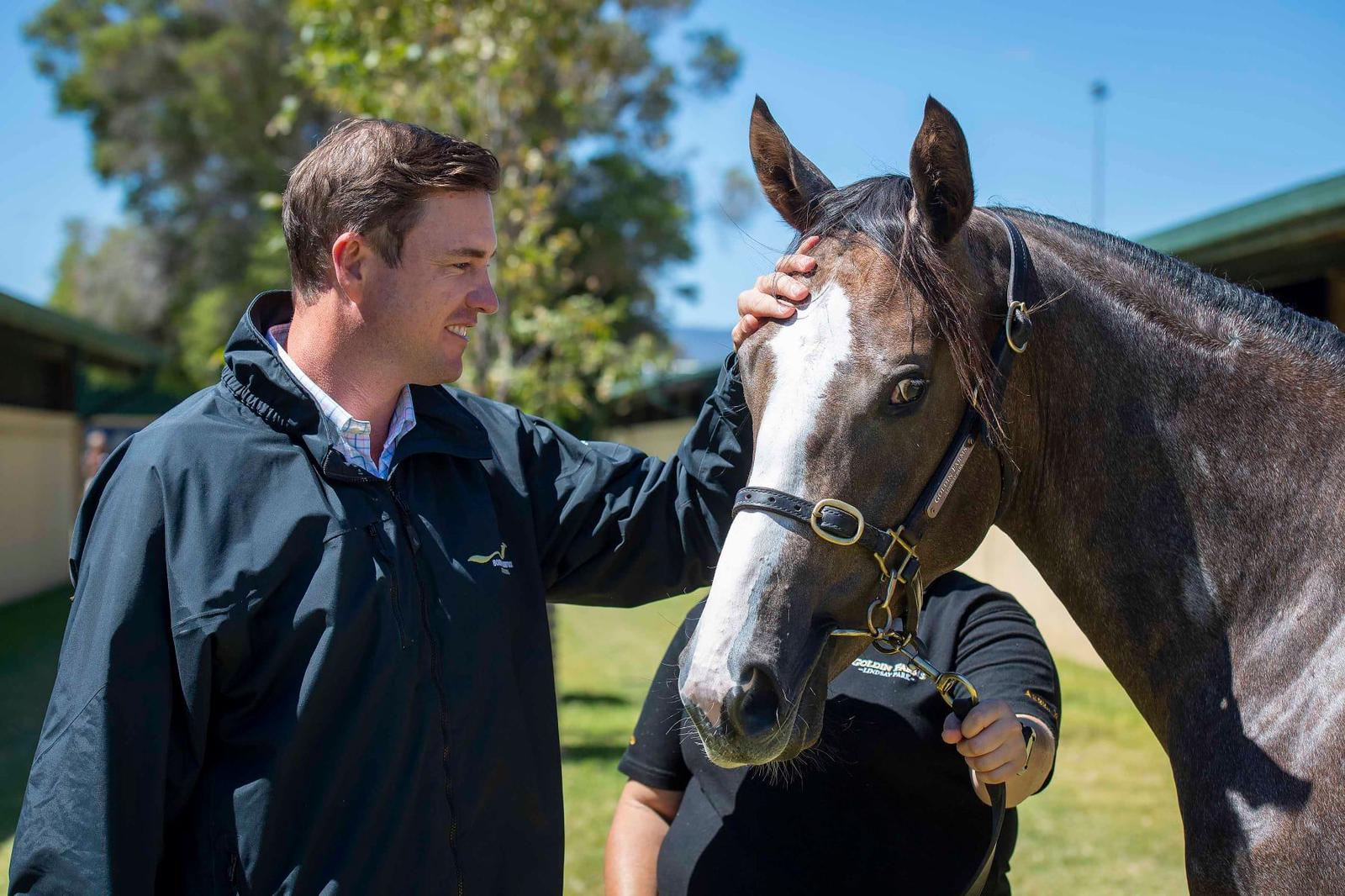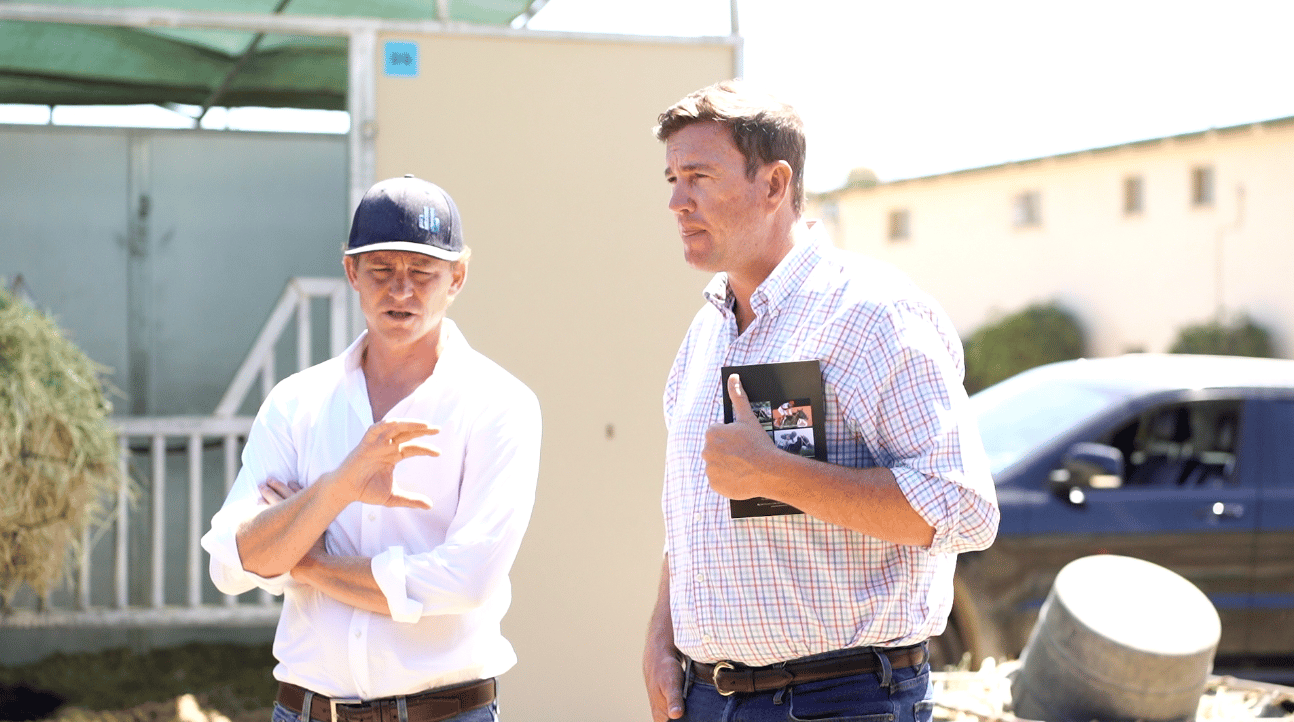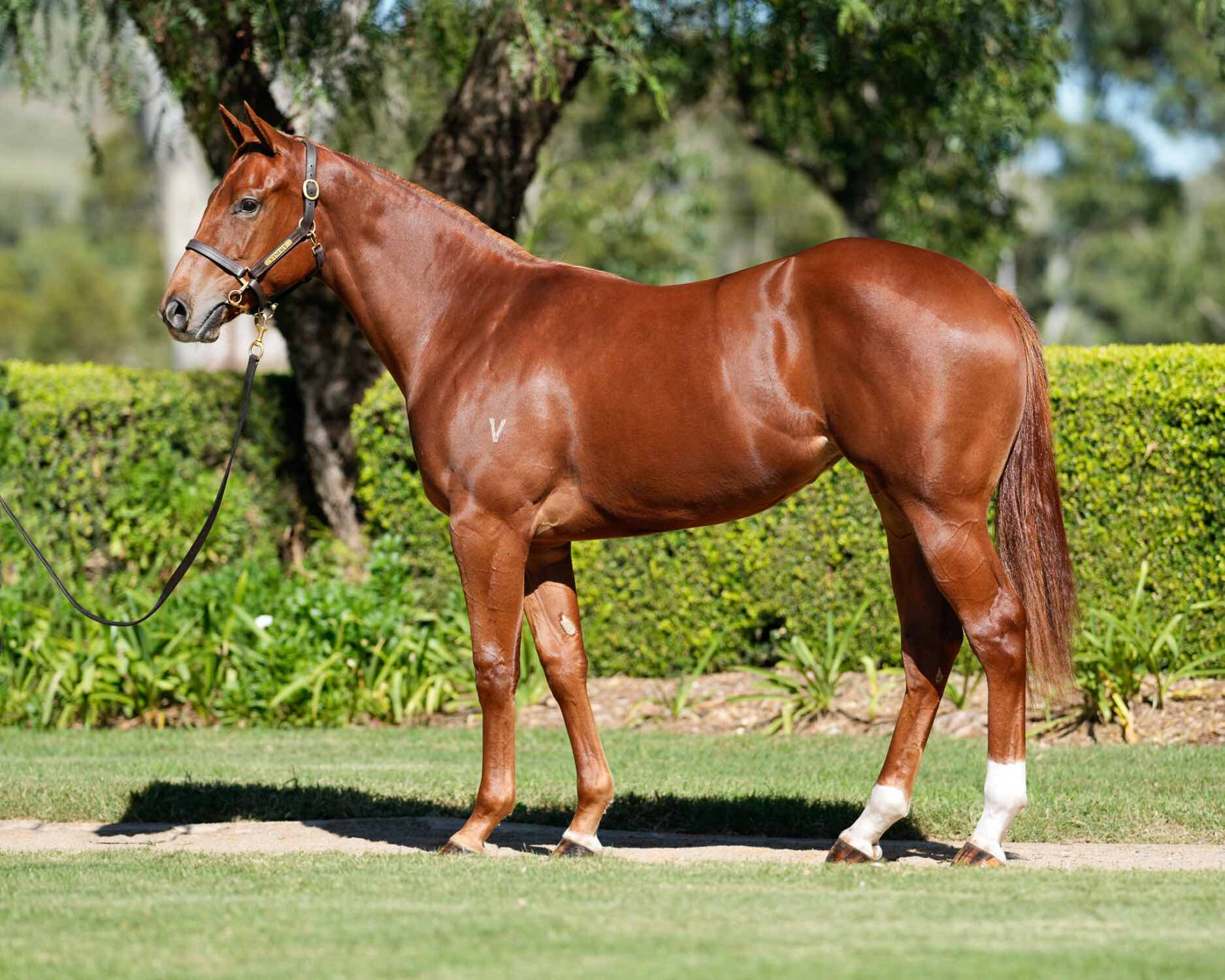-
- The hoof is among the most important things to look at when inspecting a horse – a poor hoof conformation will generally lead to other soundness issues.
- Look for balance, a clean hoof wall with no defects and make sure the horse’s foot is not too flat.
- Club foot, flat feet and contracted heels can cause significant soundness issues.
- A good farrier is essential for the health of a horse’s hooves.
The importance of a horse’s hoof
There is an old saying, ‘No hoof, no horse,’ and I am a big believer in this, having worked on many different racetracks around the world and have seen the effects of bad feet.
Poor hoof conformation will generally lead to other soundness issues. A horse’s hoof is very important to me when buying a weanling, yearling, two-year-old, stallion prospect or broodmare.
A good farrier is one of the most important people in any horse business, as a good one can improve a horse’s foot and a bad one can cause havoc.
I always like to see balance when looking at a horse’s foot from all angles. When I lift a horse’s foot up, I like to see it wide and round at the heels and with the toe.
I want to see a clean hoof wall with no defects such as lines or cracks, as they can be caused by previous illness or just a general weakness in the hoof. It is important to look at the angle of the sole to ensure the horse’s foot is not too flat and has some concavity to it, as it is not a weight-bearing structure. The frog should be well formed and look healthy and point directly down the middle of the foot.
Traits to look out for
There are certain traits such as smaller feet or club feet that seem much more prevalent in dirt horses. A club foot occurs when the foot axis is greater than 65 degrees. These can cause various soundness issues due to the uneven distribution of weight.
The other foot conformational defects I avoid are flat feet and contracted heels. Flat feet occur when there is no concavity in the sole of the foot. This generally results in the horse landing towards the rear of the foot to avoid pressure on the sole. Contracted heels are a defect where the horse’s foot is much narrower than normal.
A good farrier will ensure that a horse’s feet are balanced with the length of toe trimmed while maintaining a proper amount of heel. Obviously poor hoof conformation will restrict what the farrier can do.

